Eastern Europe’s historical cities offer travelers a captivating blend of medieval charm, Soviet-era remnants, and modern vitality that sets them apart from their Western European counterparts. These urban centers, many of which have survived centuries of conflict and change, now showcase remarkably preserved architecture alongside thriving cultural scenes.
From towering Gothic spires to hidden Jewish quarters and Byzantine churches, these cities provide unique insights into European history while offering authentic experiences at a fraction of the cost of more touristy destinations.
Lviv, Ukraine
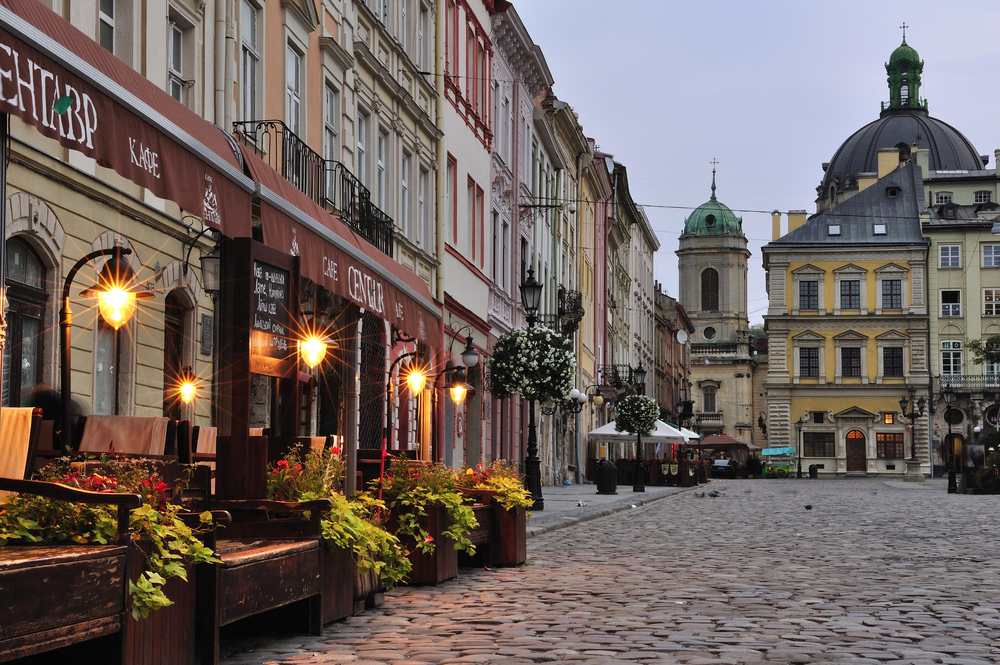
The cultural capital of western Ukraine boasts one of Eastern Europe’s best-preserved old towns, where Armenian, Jewish, German, and Ukrainian influences create a unique architectural tapestry. The UNESCO-protected city center features stunning examples of Renaissance, Baroque, and Art Nouveau buildings, many housing charming cafes known for their unique atmosphere.
Local guides offer ‘Underground Lviv’ tours exploring the city’s extensive medieval cellars and tunnel systems. The city’s famous coffee culture thrives in dozens of themed cafes, each with its own quirky character and history.
Brasov, Romania
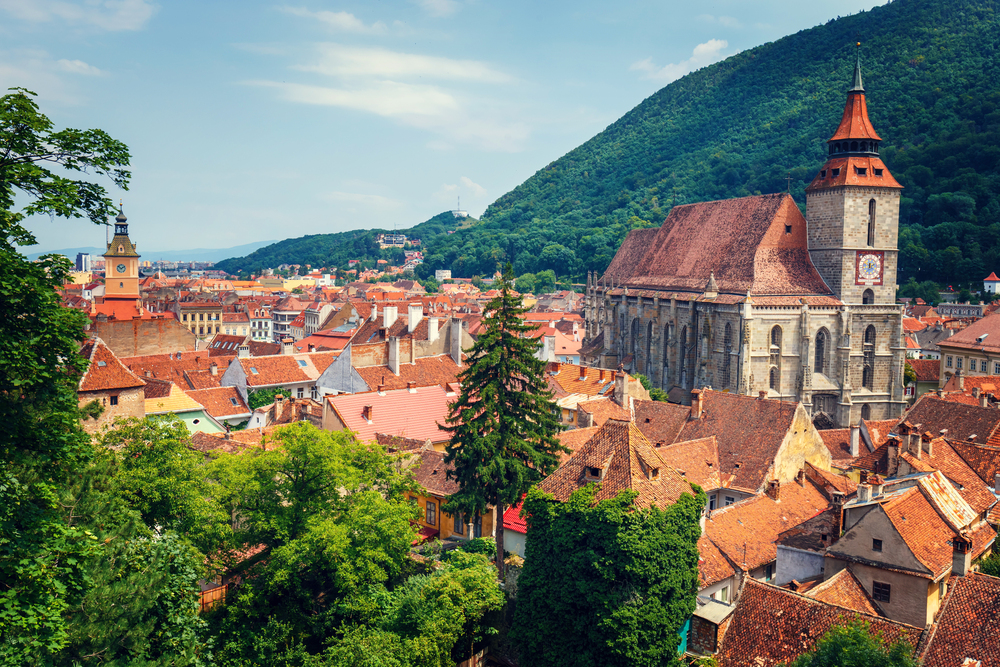
Nestled in the Carpathian Mountains, Brasov’s medieval walls and Gothic spires create a fairytale setting beneath Mount Tampa. The Black Church, Eastern Europe’s largest Gothic church, dominates the old town square where street musicians perform year-round.
Traditional Romanian restaurants in centuries-old cellars serve hearty local dishes and regional wines. The nearby Bran Castle, misleadingly marketed as ‘Dracula’s Castle,’ makes for an excellent day trip through the Transylvanian countryside.
Like Travel Pug’s content? Follow us on MSN.
Veliko Tarnovo, Bulgaria
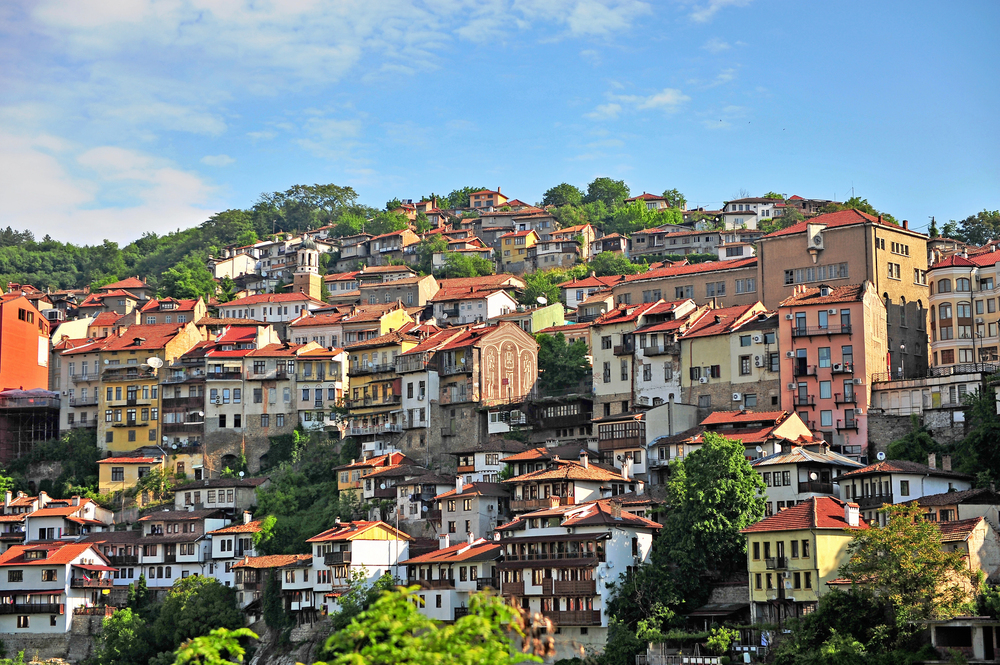
Bulgaria’s medieval capital dramatically spreads across three hills above the winding Yantra River. The reconstructed Tsarevets Fortress, illuminated nightly, offers spectacular views and insights into Bulgarian royal history.
Local artisans maintain traditional crafts in the old town’s Samovodska Charshia marketplace, dating from the Bulgarian National Revival period. The sound and light show projected onto the fortress tells the story of Bulgaria’s past through modern technology.
Cesky Krumlov, Czech Republic
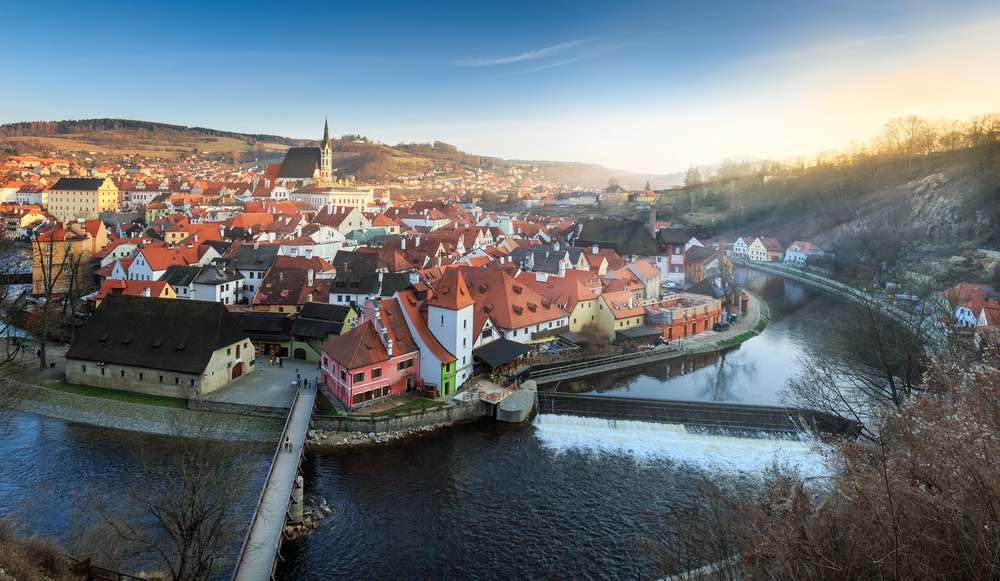
This UNESCO-listed town wraps around a commanding castle in a tight bend of the Vltava River. The castle’s baroque theater, one of few preserved with original stage machinery, still hosts occasional performances.
Local pubs serve traditional Bohemian fare in medieval cellars where alchemists once sought the philosopher’s stone. The town’s location makes it perfect for combining with rafting adventures on the Vltava River.
Vilnius, Lithuania
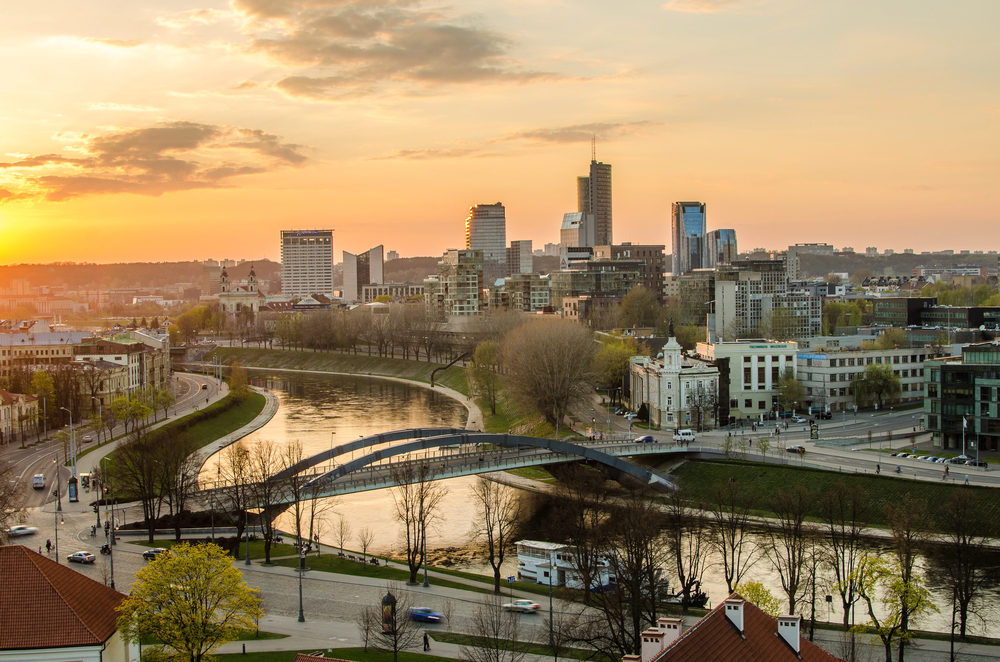
Lithuania’s capital boasts Europe’s largest baroque old town, where Catholic, Orthodox, and Jewish heritage creates a unique cultural landscape. The self-declared ‘Republic of Užupis,’ an artistic neighborhood with its own constitution, showcases the city’s creative spirit.
Local food markets offer traditional Lithuanian specialties like cepelinai and pink soup. The city’s numerous churches, representing various architectural styles, host excellent classical music concerts.
Like Travel Pug’s content? Follow us on MSN.
Kotor, Montenegro
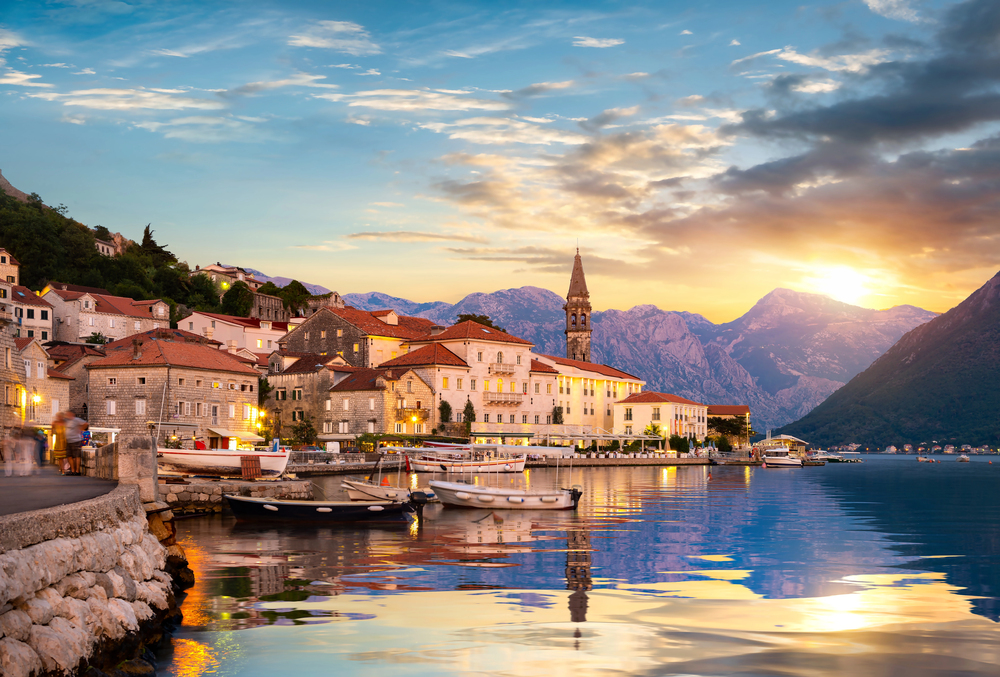
Wedged between towering mountains and a stunning bay, Kotor’s medieval old town offers a maze of Venetian-era streets and squares. The challenging climb up the city walls to the fortress of San Giovanni rewards hikers with breathtaking views of Europe’s southernmost fjord.
Local fishermen sell their catch at morning markets, while traditional konobas serve fresh seafood dishes. The town’s numerous cats, considered good luck by sailors, have become unofficial mascots.
Plovdiv, Bulgaria

One of the world’s oldest continuously inhabited cities, Plovdiv layers Roman ruins beneath medieval Bulgarian and Ottoman architecture. The restored Roman amphitheater hosts summer performances against a backdrop of sunset and city lights.
Traditional houses from the National Revival period now serve as museums, galleries, and guest houses. The Kapana creative district buzzes with artistic energy in its renovated Ottoman-era streets.
Sibiu, Romania
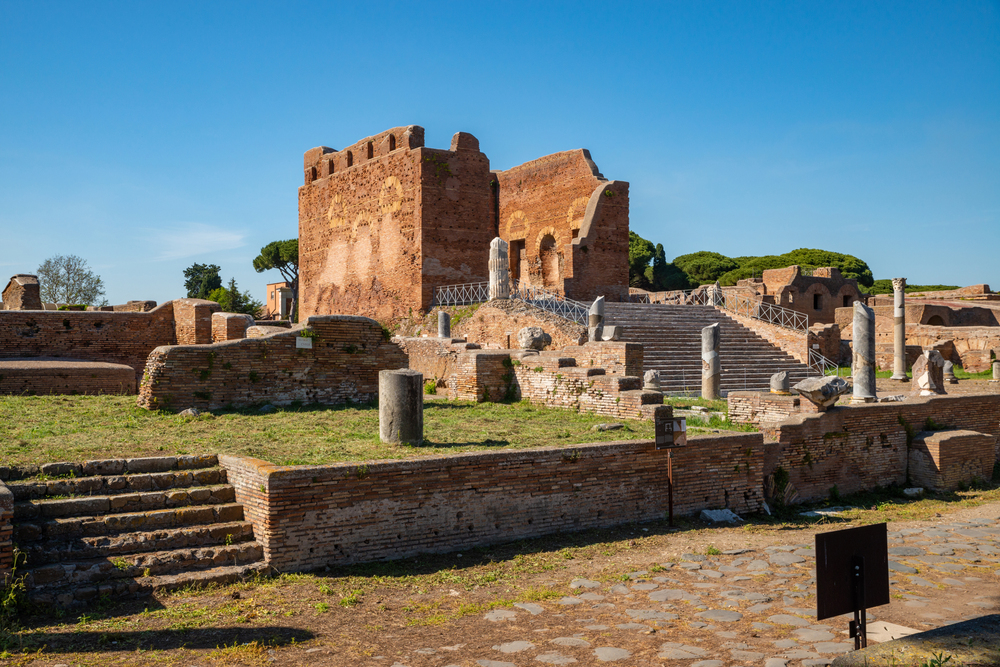
Known for its distinctive houses with ‘eyes’ (unique window designs), Sibiu maintains a strong Saxon heritage in its architecture and cuisine. The Large Square hosts one of Romania’s best Christmas markets, while summer brings international theater festivals.
Local museums house impressive collections of medieval art and traditional crafts in carefully restored buildings. The nearby Astra outdoor museum showcases traditional Romanian village life across 245 acres.
Like Travel Pug’s content? Follow us on MSN.
Zamosc, Poland
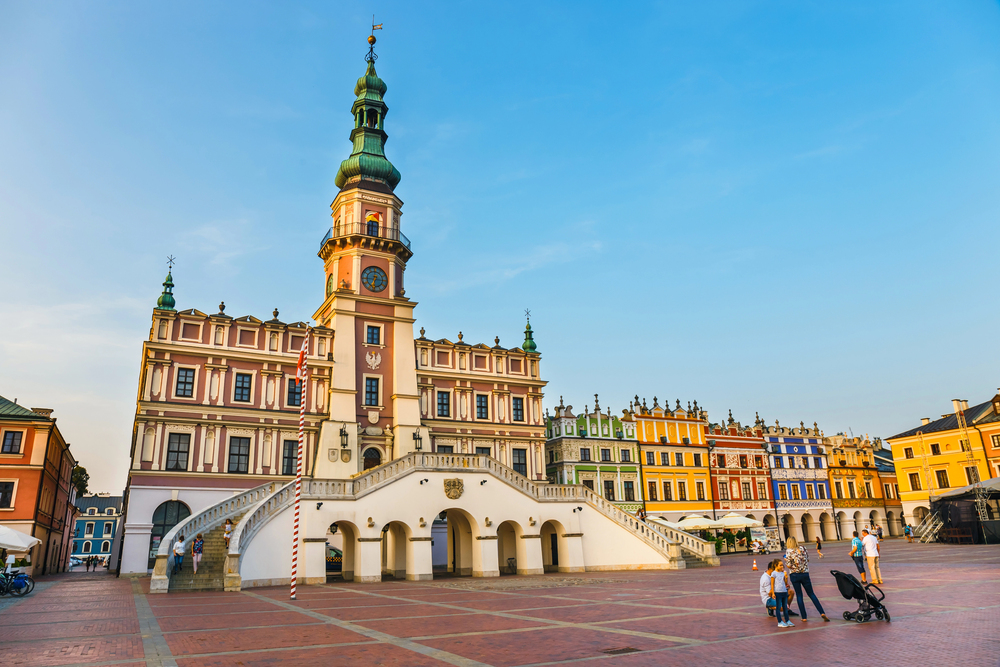
This perfectly preserved Renaissance town showcases the ‘ideal city’ layout popular in 16th-century Italy. The stunning Market Square features original Armenian merchants’ houses decorated with unique sandstone carvings.
Local restaurants serve traditional Polish-Armenian fusion cuisine, reflecting the town’s multicultural heritage. The restored synagogue hosts cultural events celebrating the town’s Jewish history.
Kutná Hora, Czech Republic
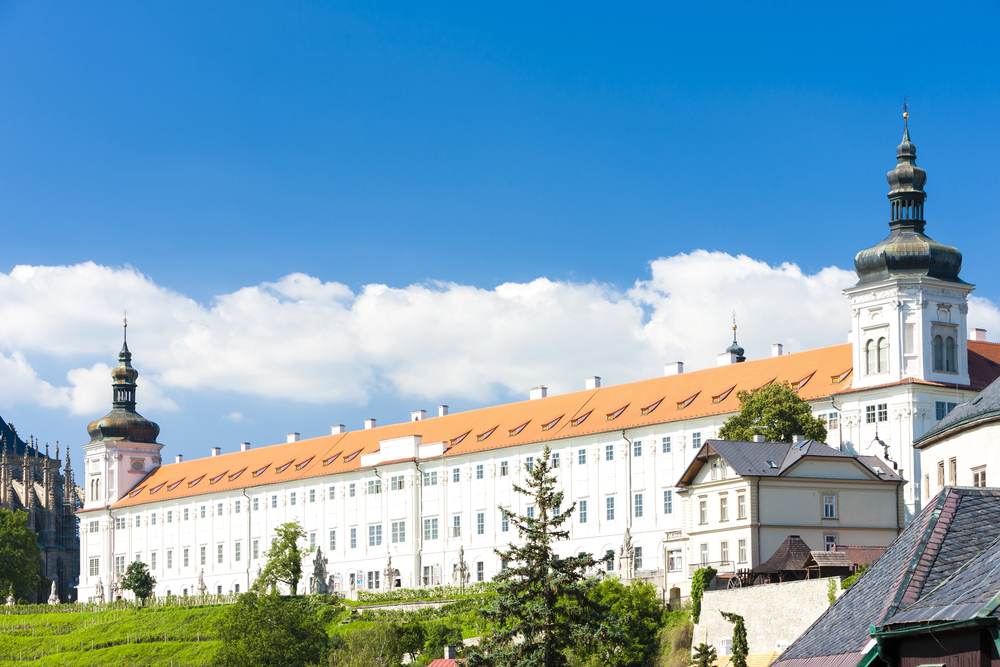
Once rivaling Prague in wealth due to its silver mines, Kutná Hora preserves stunning Gothic architecture, including the remarkable St. Barbara’s Church. The infamous Sedlec Ossuary, decorated with the bones of 40,000 people, offers a unique meditation on mortality.
Local microbreweries continue centuries-old brewing traditions in medieval cellars. The Czech Museum of Silver offers tours of the original silver mines beneath the city.
Sighisoara, Romania
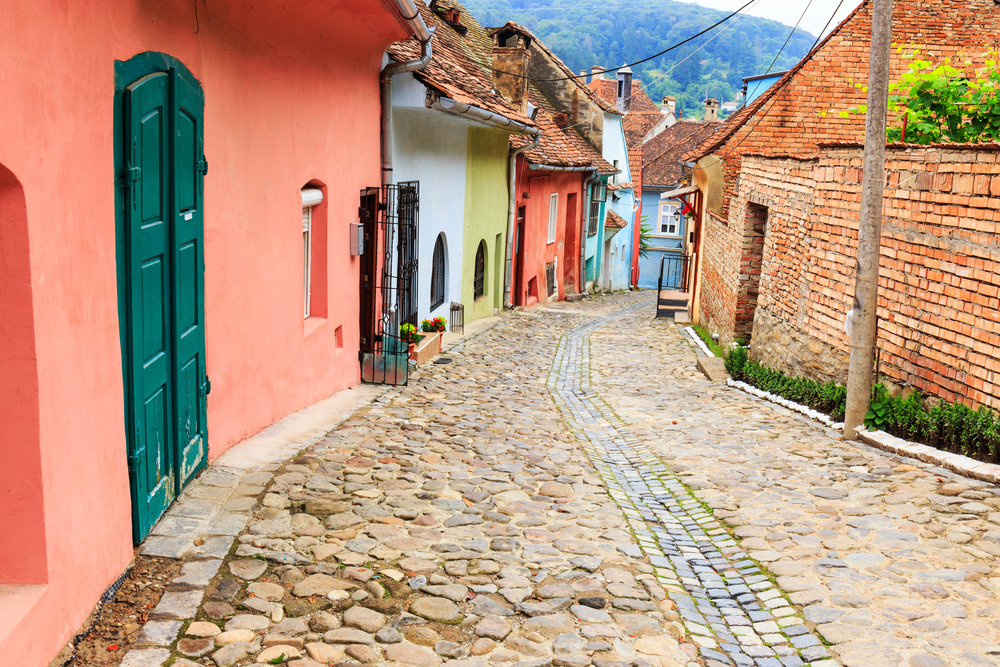
This colorful medieval citadel, the birthplace of Vlad the Impaler, transports visitors back to the 16th century with its well-preserved towers and cobblestone streets. The iconic Clock Tower, housing a fascinating history museum, offers panoramic views of the surrounding Transylvanian landscape.
Local artisans maintain traditional crafts in workshops within the citadel walls. The annual Medieval Festival brings the old town alive with period costumes and celebrations.
Like Travel Pug’s content? Follow us on MSN.
Ohrid, North Macedonia
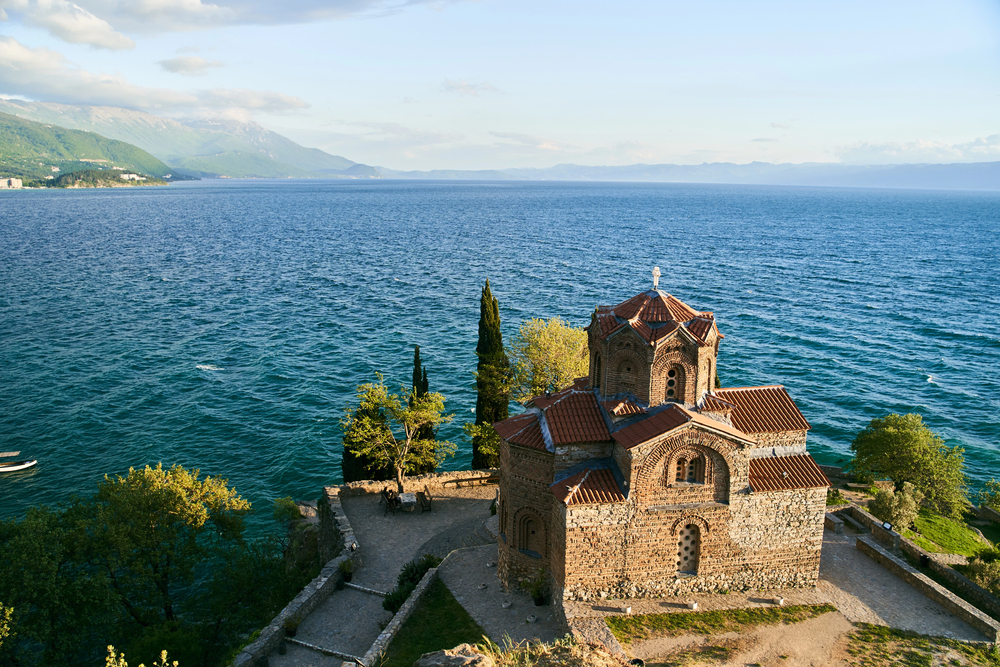
Perched above one of Europe’s oldest and deepest lakes, Ohrid combines natural beauty with remarkable Byzantine architecture. The Church of St. John at Kaneo, dramatically situated on a cliff above the lake, provides perfect sunset viewing.
Local pearl artisans continue centuries-old techniques using scales from the lake’s unique fish species. The annual Summer Festival fills ancient amphitheaters with classical performances.
Eger, Hungary
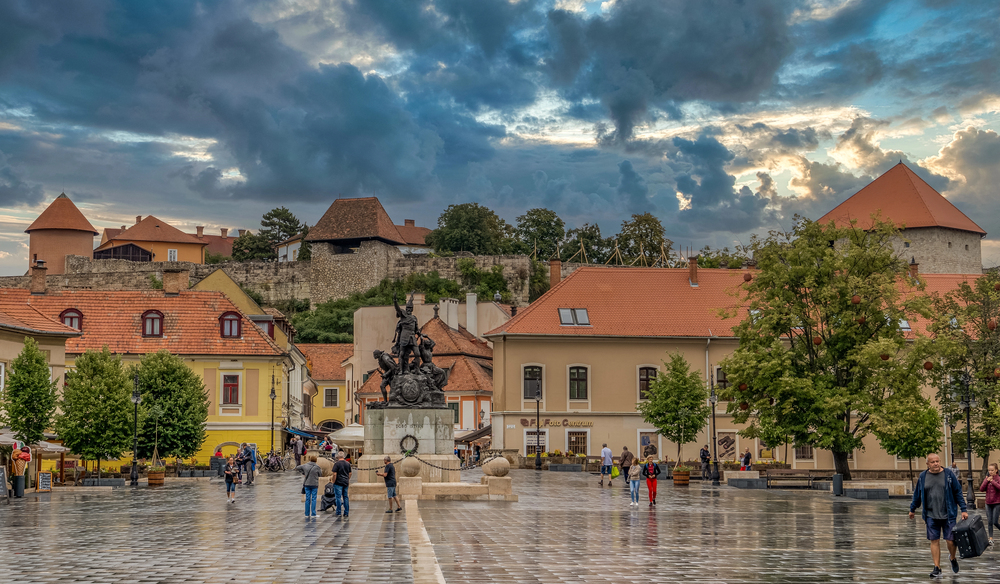
Famous for its red wines and thermal baths, Eger showcases Hungarian baroque architecture beneath its medieval castle. The Valley of Beautiful Women houses dozens of wine cellars where you can taste the famous ‘Bull’s Blood’ wine directly from producers.
Local Turkish baths maintain traditions from the Ottoman occupation period. The town’s location makes it perfect for combining with hiking in the nearby Bükk Mountains.
Telč, Czech Republic
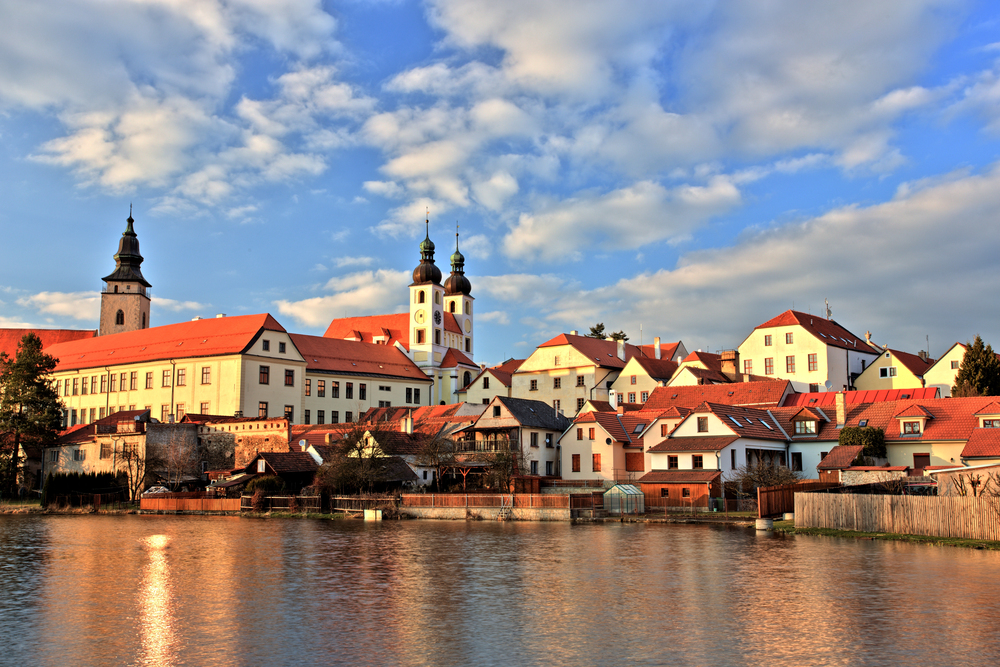
This UNESCO-listed town features a perfectly preserved square surrounded by Renaissance and Baroque houses with distinctive gables. The castle’s English-style park provides peaceful walks among centuries-old trees and ponds.
Local cafes serve traditional Bohemian pastries in historic arcaded buildings. The town’s location makes it ideal for cycling adventures in the Czech-Moravian Highlands.
Like Travel Pug’s content? Follow us on MSN.
Kamyanets-Podilsky, Ukraine
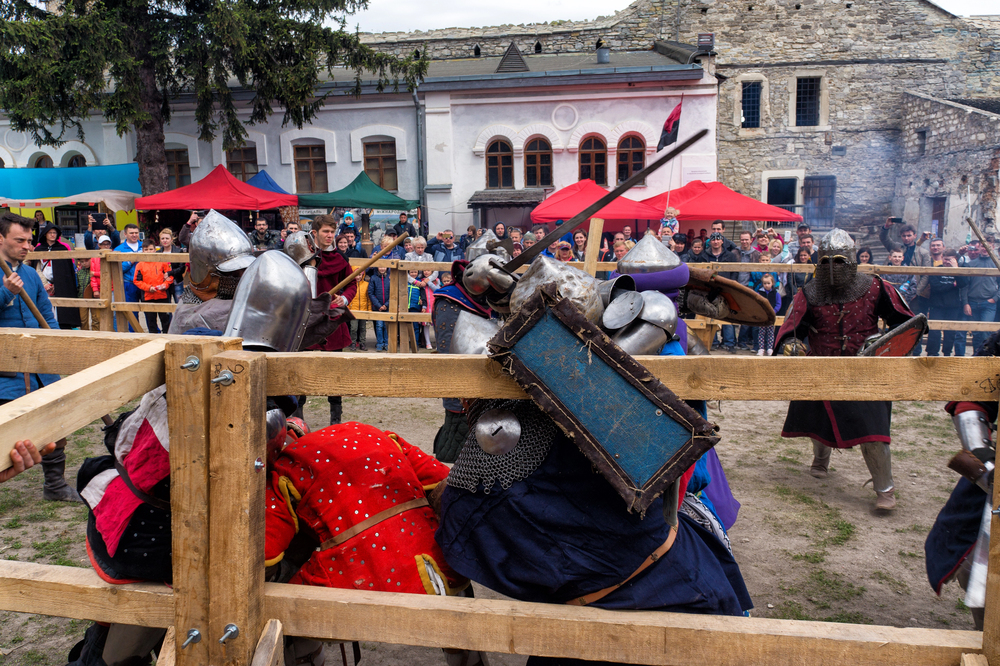
Built within a natural moat formed by the Smotrych River canyon, this fortress city combines Ukrainian, Polish, and Turkish influences. The massive fortress, connected to the old town by a historic bridge, hosts medieval festivals and recreation events.
Local guides offer fascinating tours of the extensive castle tunnel system. The city’s annual hot air balloon festival provides spectacular views of the historic center.
Bardejov, Slovakia
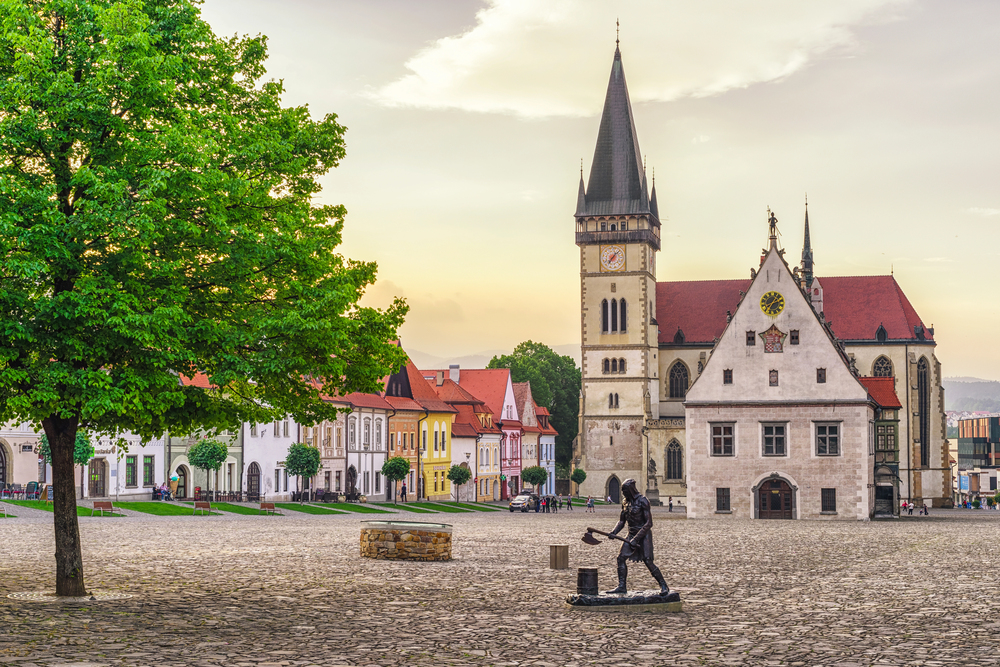
This perfectly preserved medieval trading town showcases unique Gothic and Renaissance architecture in its main square. The UNESCO-listed Church of St. Aegidius contains a remarkable collection of Gothic altars and icons.
Local spa traditions continue in nearby Bardejovské Kúpele, where mineral springs have attracted visitors for centuries. The town’s Jewish suburb preserves rare examples of Jewish religious architecture.
Mdina, Malta
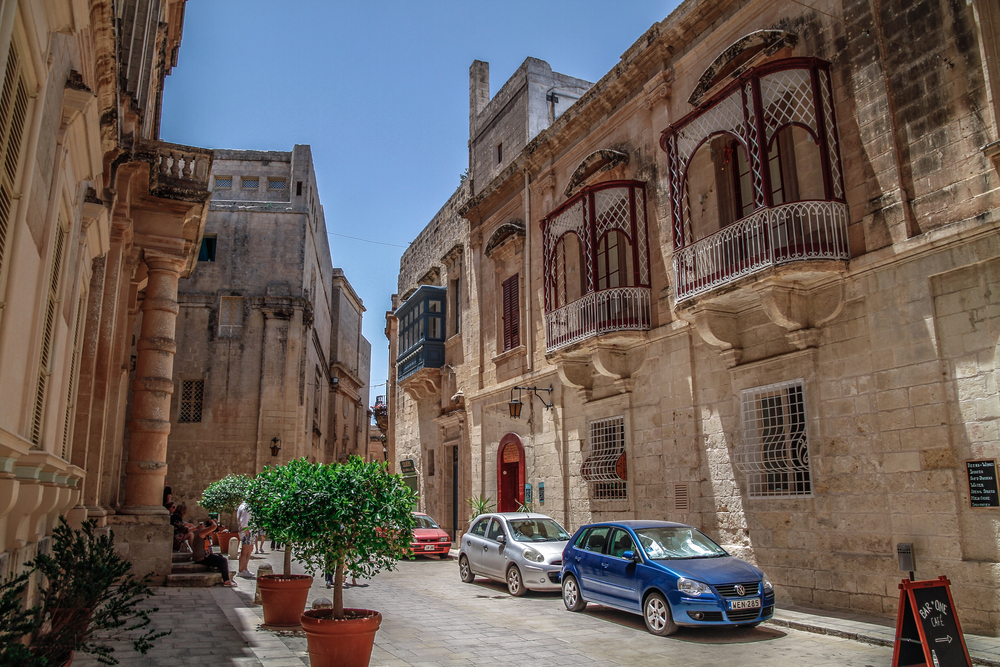
Known as the ‘Silent City,’ this ancient walled capital combines medieval and baroque architecture with stunning views over Malta. The car-free streets create a peaceful atmosphere perfect for exploring the city’s architectural treasures.
Local artisans maintain traditional crafts like glassblowing and filigree in workshops within the city walls. The annual Medieval Festival brings the city’s history to life with period reenactments.
Like Travel Pug’s content? Follow us on MSN.
Ptuj, Slovenia
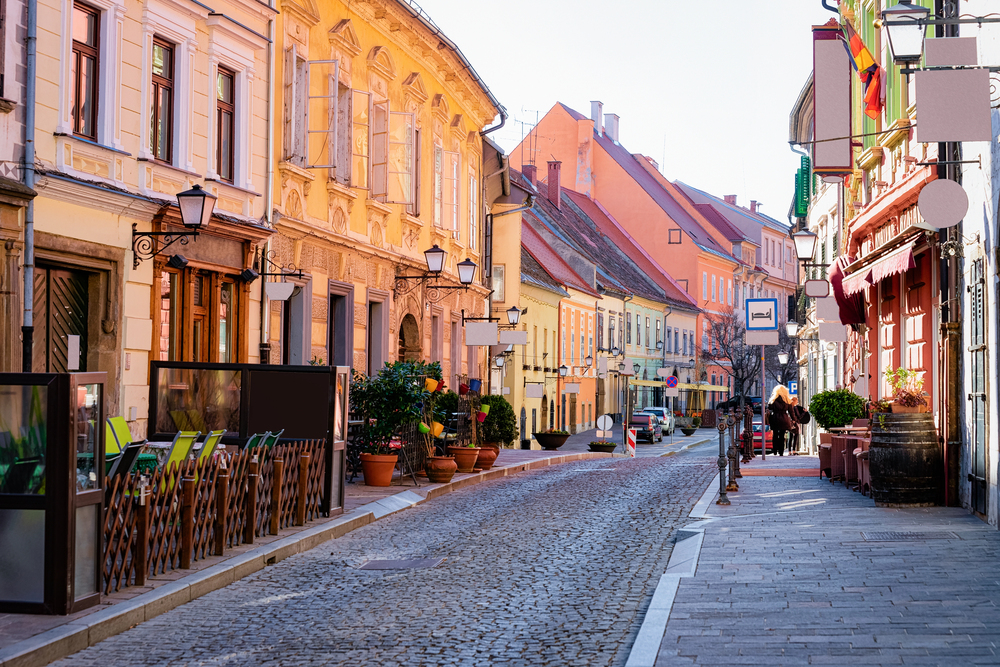
Slovenia’s oldest town combines Roman ruins with medieval architecture and is one of the country’s largest castles. The annual Kurentovanje carnival features ancient Slavic customs and elaborate masks dating back to pagan times.
Local wine cellars offer tastings of the region’s famous wines in centuries-old vaulted cellars. The thermal spa complex continues traditions dating back to Roman times.
Kosice, Slovakia
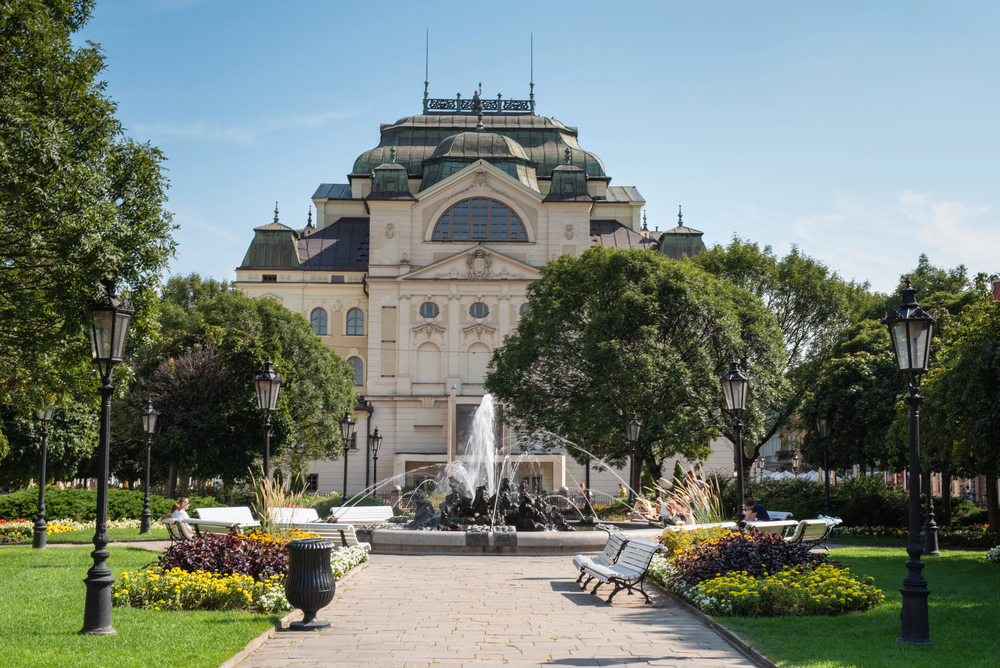
Eastern Slovakia’s cultural capital features the country’s largest medieval church and a perfectly preserved Gothic-Renaissance center. The singing fountain in the main square performs classical and popular music throughout the day.
Local cafes and cultural centers occupy beautifully restored burgher houses along the main street. The city’s location makes it perfect for exploring the nearby Tokaj wine region.
Chernivtsi, Ukraine
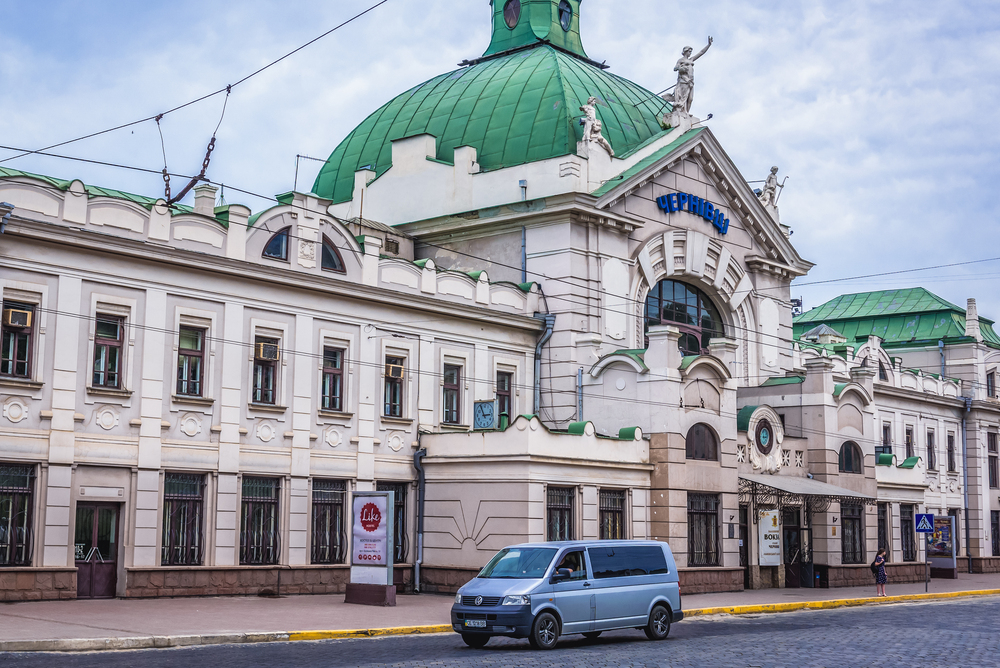
Once known as ‘Little Vienna,’ this former capital of Bukovina showcases stunning Austrian architectural heritage, including the remarkable UNESCO-listed university. The former Jewish district preserves unique examples of Art Nouveau architecture and historical synagogues.
Local markets maintain traditional Bukovinian trading culture in historic marketplace buildings. The city’s multicultural heritage comes alive during the annual street art festival.
Like Travel Pug’s content? Follow us on MSN.
Timeless Treasures

These 20 historical cities represent the incredible diversity and richness of Eastern European heritage, each offering unique perspectives on the region’s complex past and vibrant present. While some destinations have already gained popularity among international travelers, others remain wonderfully authentic and unexplored.
Whether you’re drawn to medieval architecture, cultural festivals, traditional cuisine, or simply the joy of discovering less-traveled paths, these cities promise unforgettable experiences that combine historical depth with modern energy and authentic local life.
More from Travel Pug

- 15 Dangerous European Cities to Avoid
- 15 Caribbean Islands Where Tourists Keep Getting Scammed
- The 20 Most Fascinating Abandoned Places: A Journey Through Time and Forgotten Spaces
- 15 Hidden Places in the Smithsonian Museums Locals Love: A Guide to Lesser-Known Treasures
- 16 Hidden Florida Beach Towns That Aren’t Overrun with Tourists
Like Travel Pug’s content? Follow us on MSN.
